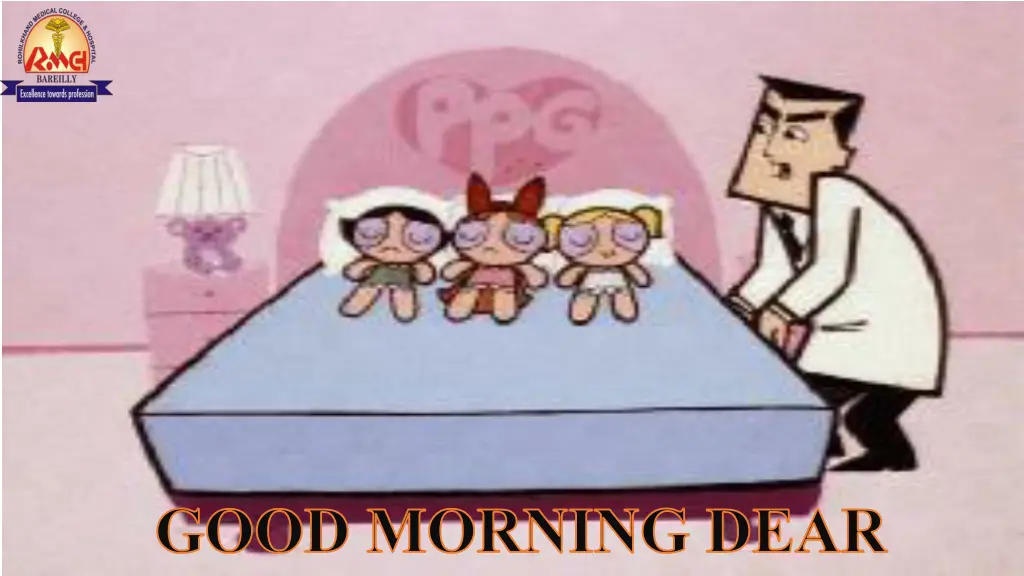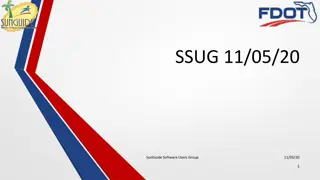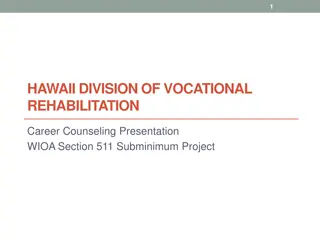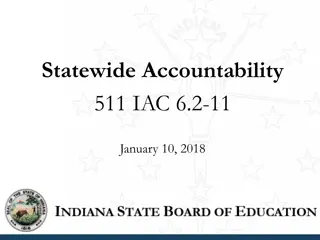
Introduction to Renal Calculi: Causes, Symptoms, and Management
Learn about renal calculi, also known as kidney stones, including their formation, causes, symptoms, diagnostic evaluation, and management. Understand the types of renal calculi and how to prevent them. Explore the clinical manifestations and etiology of kidney stones. Get insights into dehydration, medication, and dietary factors contributing to nephrolithiasis. Find out more about calcium, oxalate, uric acid, xanthin, and cysteine stones. Gain knowledge on the pain associated with renal colic and ureteral obstruction.
Download Presentation

Please find below an Image/Link to download the presentation.
The content on the website is provided AS IS for your information and personal use only. It may not be sold, licensed, or shared on other websites without obtaining consent from the author. If you encounter any issues during the download, it is possible that the publisher has removed the file from their server.
You are allowed to download the files provided on this website for personal or commercial use, subject to the condition that they are used lawfully. All files are the property of their respective owners.
The content on the website is provided AS IS for your information and personal use only. It may not be sold, licensed, or shared on other websites without obtaining consent from the author.
E N D
Presentation Transcript
GOOD MORNING DEAR 02-06-2025 MR. DINESH SINGH 1
RENAL CALCULI Nephrolithiasis MR. DINESH SINGH NURSING TUTOR ROHILKHAND COLLEGE OF NURSING 02-06-2025 MR. DINESH SINGH 2
OBJECTIVES Introduction of the Renal calculi. Define the Renal calculi. Explain the causes of Renal calculi. State the clinical manifestations of Renal calculi. Elaborate the diagnostic evaluation of Renal calculi. Discuss the management of Renal calculi. Describe the prevention of Renal calculi. 02-06-2025 MR. DINESH SINGH 3
INTRODUCTION Kidney stones (also called renal calculi, nephrolithiasis or urolithiasis) are hard deposits made of minerals and salts that form inside the kidneys. Kidney stone disease also known as urolithiasis. It means a solid piece of material occurs in the urinary tract. The majority of renal calculi contain calcium. The pain generated by renal colic is primarily caused by dilation, stretching, and spasm because of the acute uretheral obstruction 02-06-2025 MR. DINESH SINGH 4
DEFINITION The calculus (stone) formation in kidney is called Nephrolithiasis. 02-06-2025 MR. DINESH SINGH 5
ETIOLOGY Preceptors increases in urine, e.g.,Bacterial infection and other inflammation Increases soluble concentration of calcium, oxalate, cystine, phosphate, xanthin, etc. Reduced amount of inhibitors, e.g., citrate and pyrophosphate. Urine pH Increase pH-Possibility of phosphate stone Decrease pH- Uric acid stone 02-06-2025 MR. DINESH SINGH 6
ETIOLOGY Dehydration, excessive oedema Increase intake of vitamin C which increases absorption of oxalate Medication: e.g. Iron or folic acid, Calcium gluconate, Calcium carbonate, Sodium bicarbonate. More intake of Brinjal, Tomato in diet Inflammatory bowel disease Immobilization (prolonged sitting or standing in same position). 02-06-2025 MR. DINESH SINGH 7
TYPES 1. Calcium stone (80%cases) cause of Ca+ stone: Hypercalcemia 2. Oxalate stone: Mostly cause of oxalate stone are rich sources tomato, brinjal. Increase Vit. C diet, they increase absorption of oxalate. 3. Uric acid stone: Due to decrease pH 4. Xanthin stone: Hereditary 5. Cysteine stone: Due to inborn metabolic error. 02-06-2025 MR. DINESH SINGH 8
CLINICAL MANIFESTATION 1. Pain In flank region If stone is in ureter- pain in lower flank region. 2. Obstruction of urine Decrease frequency of urine Dysuria (painful micturition) Hematuria (Blood in urine) 02-06-2025 MR. DINESH SINGH 9
CONTI 1. Inflammatory symptoms Fever Nausea Vomiting Chills Abdominal Discomfort Diaphoresis (excessive sweating) 02-06-2025 MR. DINESH SINGH 10
DIAGNOSTIC EVALUATION History Collection Physical Examination I.V.P. (Intravenous Pyelography) Retrograde (pyelography) K.U.B. X-ray Urine analysis for haematuria. 02-06-2025 MR. DINESH SINGH 11
MEDICAL MANAGEMENT Analgesic Spasmodic e.g. Buscopan NSAID e.g. Steroid Maintain I/O charting Provide rest 02-06-2025 MR. DINESH SINGH 12
SURGICAL MANAGEMENT 1. CLOSE PROCEDURE: Lithotripsy (Extracorporeal Shockwave lithotripsy) Non-invasive Percutaneous Nephrolithotomy 02-06-2025 MR. DINESH SINGH 13
Lithotripsy 02-06-2025 MR. DINESH SINGH 14
USG Shock Waves Crush Stones 02-06-2025 MR. DINESH SINGH 15
Percutaneous Nephrolithotomy 02-06-2025 MR. DINESH SINGH 16
CONTI 1. OPEN PROCEDURE Ureter lithotomy Pyelolithotomy Nephrolithotomy Partial or total nephrectomy 02-06-2025 MR. DINESH SINGH 17
COMPLICATIONS Infection Hydro-ureter Hydro-nephrosis Renal failure 02-06-2025 MR. DINESH SINGH 18
02-06-2025 MR. DINESH SINGH 19
SUMMARY 02-06-2025 MR. DINESH SINGH 20
REFERENCES Lewis Dirksen Heitkemper Bucher, textbook of medical surgical nursing second south Asia edition, volume 1 page no. Brunner and Suddarth s textbook of medical surgical nursing 13th south Asia edition, volume-2 page no 1532 P.K. Panwar, textbook of medical surgical nursing 4th edition page no.182, 183, 184. 02-06-2025 MR. DINESH SINGH 21
02-06-2025 MR. DINESH SINGH 22






